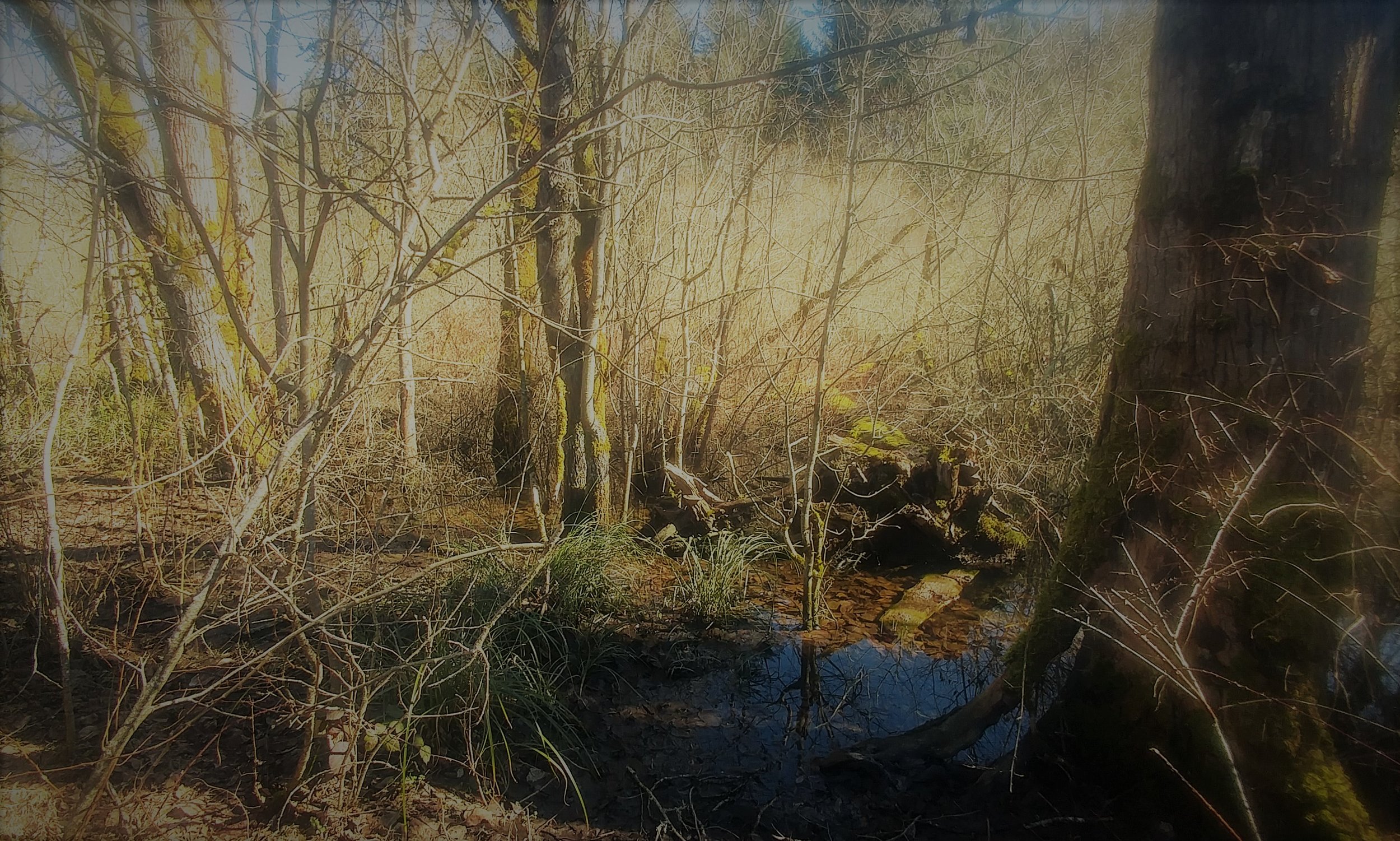Fees and Payment
Let's just say it up-front: Therapy is hard, and it's expensive, and some days you won't even want to go. But it can also be deeply worth the investment.
Some therapists bill insurance directly, but they might not bill your insurance. Some, like me, don’t bill insurance directly, but offer a superbill upon payment that clients can submit to their insurance company for direct reimbursement. Some might take your insurance, but you’re loathe to use it because you don’t want your privacy compromised.
Whatever the case, unless your insurance covers your therapy and you have no qualms about that, you’ll probably have to think a little bit about how you’re going to pay for therapy.
If you find your budget falls short of the therapy you want, here are a few ideas you can use to pay for your therapy:
Use your out-of-network benefits. Call your insurance company and ask whether they’ll reimburse for therapy provided by an out-of-network provider. After you pay directly, the therapist will provide you a receipt that you can submit to your insurance company for reimbursement.
Prioritize therapy in your budget. Track your expenses for a few weeks and see how much you’re spending on non-essentials that could be going into your therapy fund. Pledge to make your mental health a top priority and do the work to make your household budget reflect that.
Work to increase your income. Certainly this is a long-term solution that might require some work in therapy before you can see it as a tangible possibility. But your mental health might be the motivation you need to follow through on ideas from asking for a raise to selling your creative work in order to fund your therapy.
Ask a trusted loved one to help you. If you go this route, the terms must be clearly negotiated ahead of time in a way that protects both you and the other person. But you might be surprised at how much the ones you love really value your mental health and want to see you succeed.
Decrease the frequency of your therapy. Traditionally, therapy occurs at least once a week. But who says you have to be traditional? Ask your therapist if they can see you less frequently, at least for a while. Commit to doing work on your own during your off-week so the thread of the therapy itself can continue.
Check out these resources. Some offer free therapy to certain populations, sliding scale therapy, and other resources for help. Check them out and see if you qualify for any and, if so, how they might help you.
You might need to engage a creative blend of more than one of the above ideas (or ideas of your own!) in order to access your therapy. But I think you'll find it's worth the work. Good luck!

















